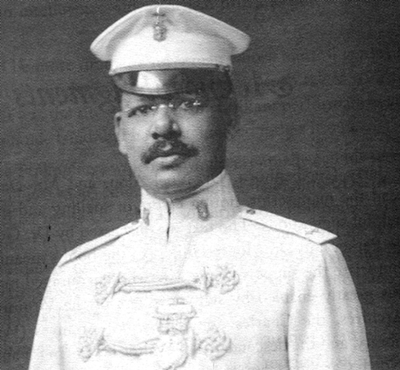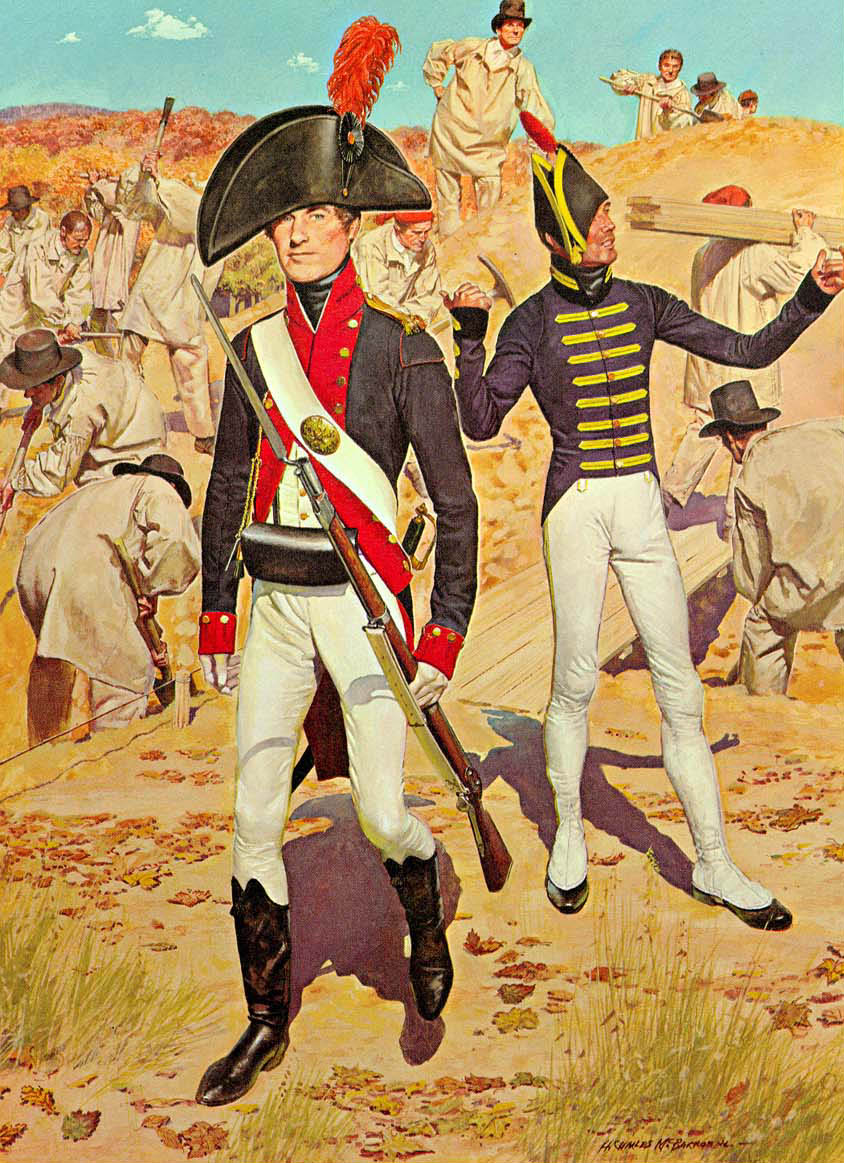|
Philippine Constabulary (PC)
The Philippine Constabulary (PC; , ''HPP''; ) was a gendarmerie-type military police force of the Philippines from 1901 to 1991, and the predecessor to the Philippine National Police. It was created by the American occupational government to replace the Spanish colonial Guardia Civil, happened on the 19th century history of the Philippines. It was the first of the four branches of the Armed Forces of the Philippines. On January 29, 1991, it was merged with the Integrated National Police to form the Philippine National Police. History The Philippine Constabulary (PC) was established on August 18, 1901, under the general supervision of the civil Governor-General of the Philippines, by the authority of Act. No. 175 of the Second Philippine Commission, to maintain peace, law, and order in the various provinces of the Philippine Islands. By the end of 1901, a total of 180 officers had been commissioned.. The constabulary assisted the United States military in combating the ... [...More Info...] [...Related Items...] OR: [Wikipedia] [Google] [Baidu] |
Philippine Constabulary Seal (1901–1914)
The Philippines, officially the Republic of the Philippines, is an Archipelagic state, archipelagic country in Southeast Asia. Located in the western Pacific Ocean, it consists of List of islands of the Philippines, 7,641 islands, with a total area of roughly 300,000 square kilometers, which are broadly categorized in Island groups of the Philippines, three main geographical divisions from north to south: Luzon, Visayas, and Mindanao. With a population of over 110 million, it is the world's List of countries and dependencies by population, twelfth-most-populous country. The Philippines is bounded by the South China Sea to the west, the Philippine Sea to the east, and the Celebes Sea to the south. It shares maritime borders with Taiwan to the north, Japan to the northeast, Palau to the east and southeast, Indonesia to the south, Malaysia to the southwest, Vietnam to the west, and China to the northwest. It has Ethnic groups in the Philippines, diverse ethnicities and Culture o ... [...More Info...] [...Related Items...] OR: [Wikipedia] [Google] [Baidu] |
Walter Loving
Walter Howard Loving (December 17, 1872 – February/March 1945) was an African American soldier and musician most noted for his leadership of the Philippine Constabulary Band. The son of a former slave, Loving led the band during the 1909 U.S. presidential inaugural parade, where it formed the official musical escort to the President of the United States, the first time a band other than the U.S. Marine Band had been assigned that duty. Loving is believed to have been the first African American to conduct a musical performance in the White House. In addition to his long career in military music, Loving also worked with the U.S. Army's intelligence division during World War I, and, in private life, as a real estate investor in the San Francisco Bay area. Toward the end of his life he returned to the Philippines. Loving was killed in 1945 during the Battle of Manila (1945), Battle of Manila in dramatic, though unclear, circumstances. He posthumously received the Philippines' Pres ... [...More Info...] [...Related Items...] OR: [Wikipedia] [Google] [Baidu] |
Philippine Constabulary Band
The Philippine Constabulary Band was the principal military band of the Philippine Constabulary, and later, as the Philippine Army Orchestra, of the Army of the Commonwealth of the Philippines. Between its establishment in 1901 and dissolution during World War II, it registered a reputation for musical excellence both in the Philippines and the United States, and is credited with being the first band other than the United States Marine Band to provide the musical escort to the president of the United States during a U.S. presidential inauguration. The Philippine National Police Band from Camp Crame, considers the successor to the Philippine Constabulary Band. The Philippine Army Band considers itself as a successor too. History Formation and early years The Philippine Constabulary Band was formed on the orders of Colonel Henry Allen, the first chief of the Philippine Constabulary. Walter Loving, a former United States Army regimental band leader who had been educated at the New ... [...More Info...] [...Related Items...] OR: [Wikipedia] [Google] [Baidu] |
Manila
Manila, officially the City of Manila, is the Capital of the Philippines, capital and second-most populous city of the Philippines after Quezon City, with a population of 1,846,513 people in 2020. Located on the eastern shore of Manila Bay on the island of Luzon, it is classified as a Cities of the Philippines#Independent cities, highly urbanized city. With , Manila is one of the world's List of cities proper by population density, most densely populated cities proper. Manila was the first chartered city in the country, designated bPhilippine Commission Act No. 183on July 31, 1901. It became autonomous with the passage of Republic Act No. 409, "The Revised Charter of the City of Manila", on June 18, 1949. Manila is considered to be part of the world's original set of global cities because its commercial networks were the first to extend across the Pacific Ocean and connect Asia with the Hispanic America, Spanish Americas through the Manila galleon, galleon trade. This marked t ... [...More Info...] [...Related Items...] OR: [Wikipedia] [Google] [Baidu] |
Nueva Ecija
Nueva Ecija, officially the Province of Nueva Ecija ( ; ; ; ), is a landlocked province in the Philippines located in the Central Luzon region. Its capital is the city of Palayan, while Cabanatuan, its former capital, is the largest Local government in the Philippines, local government unit (LGU). Nueva Ecija borders, from the south clockwise, Bulacan, Pampanga, Tarlac, Pangasinan, Nueva Vizcaya and Aurora (province), Aurora. The province is nationally known as the ''Rice Granary of the Philippines'', producing the largest rice yield in the country. History Early history These first settlers included tribes of Bugkalots or Italons, Abaca and Buquids. Settlements were built along the banks following the river's undulations. The Bugkalot, Ilongots, meaning people of the forest, were the fierce headhunters and animist tribes who occupied Carranglan and the mountainous terrain of Sierra Madre (Philippines), Sierra Madre and Caraballo Mountains. The head hunting communities were n ... [...More Info...] [...Related Items...] OR: [Wikipedia] [Google] [Baidu] |
West Point
The United States Military Academy (USMA), commonly known as West Point, is a United States service academies, United States service academy in West Point, New York that educates cadets for service as Officer_(armed_forces)#United_States, commissioned officers in the United States Army. The academy was founded in 1802, and it is the oldest of the five United States service academies, American service academies. The Army has occupied the site since establishing a fort there in 1780 during the American Revolutionary War, as it sits on strategic high ground overlooking the Hudson River north of New York City. West Point's academic program grants the Bachelor of Science degree with a curriculum that grades cadets' performance upon a broad academic program, military leadership performance, and mandatory participation in competitive athletics. Candidates for admission must apply directly to the academy and receive a nomination, usually from a member of United States Congress, Congr ... [...More Info...] [...Related Items...] OR: [Wikipedia] [Google] [Baidu] |
6th Cavalry Regiment (United States)
The 6th Cavalry ("Fighting Sixth'") is a regiment of the United States Army that began as a regiment of cavalry in the American Civil War. It currently is organized into aviation squadrons that are assigned to several different combat aviation brigades. History American Civil War (1861-1865) The 3rd Cavalry Regiment (United States), 3rd U.S. Cavalry Regiment was organized on 3 May 1861 in Pittsburgh, Pennsylvania. It was commanded by Colonel David Hunter (1802-1886), and second in command was Lieutenant Colonel William H. Emory (1811-1887). The regiment's designation was changed to the 6th U.S. Cavalry Regiment on 10 August 1861 due to a general reorganization of all United States Army cavalry regiments a few months shortly after the beginning of the Civil War; the 3rd Cavalry Regiment (United States), Regiment of Mounted Rifles took on the name of the 3rd Cavalry Regiment instead. The troopers were recruited from Pennsylvania, Ohio, and Western New York. Arriving in Washing ... [...More Info...] [...Related Items...] OR: [Wikipedia] [Google] [Baidu] |
William Howard Taft
William Howard Taft (September 15, 1857March 8, 1930) served as the 27th president of the United States from 1909 to 1913 and the tenth chief justice of the United States from 1921 to 1930. He is the only person to have held both offices. Taft was born in Cincinnati, Ohio. His father, Alphonso Taft, was a U.S. attorney general and secretary of war. Taft attended Yale and joined Skull and Bones, of which his father was a founding member. After becoming a lawyer, Taft was appointed a judge while still in his twenties. He continued a rapid rise, being named Solicitor General of the United States, solicitor general and a judge of the Sixth Circuit Court of Appeals. In 1901, President William McKinley appointed Taft Governor-General of the Philippines, civilian governor of the Philippines. In 1904, President Theodore Roosevelt made him Secretary of War, and he became Roosevelt's hand-picked successor. Despite his personal ambition to become chief justice, Taft declined repeated ... [...More Info...] [...Related Items...] OR: [Wikipedia] [Google] [Baidu] |
Brigandry
Brigandage is the life and practice of highway robbery and plunder. It is practiced by a brigand, a person who is typically part of a gang and lives by pillage and robbery.Oxford English Dictionary second edition, 1989. "Brigand.2" first recorded usage of the word was by "H. LUTTRELL in Ellis ''Orig. Lett.'' II. 27 I. 85 Ther ys no steryng of none evyl doers, saf byonde the rivere of Sayne..of certains brigaunts." The word brigand entered English as ''brigant'' via French from Italian as early as 1400. Under the laws of war, soldiers acting on their own recognizance without operating in chain of command are brigands, liable to be tried under civilian laws as common criminals. However, on occasions brigands are not mere malefactors, but may be rebels against a state or union perceived as the enemy. Bad administration and suitable terrain encourage the development of brigands. Historical examples of brigands (often called so by their enemies) have existed in territories of France, ... [...More Info...] [...Related Items...] OR: [Wikipedia] [Google] [Baidu] |
Macario Sakay
Macario Sakay y de León (March 1, 1870 – September 13, 1907) was a Filipino general who took part in the 1896 Philippine Revolution against the Spanish Empire and in the Philippine–American War. After the war was declared over by the United States in 1902, Sakay continued resistance by leading guerrilla raids. The following year he established the Tagalog Republic with himself as president. Sakay was executed by hanging in 1907. Early life Macario Sakay de León was born on March 1, 1878, along Tabora Street, Tondo, in the City of Manila. He first worked as an apprentice in a '' kalesa'' (carriage) manufacturing shop. He was also a tailor and a stage actor, performing in a number of plays including ''Principe Baldovino'', ''Doce Pares de Francia'', and ''Amante de la Corona''. An original member of the ''Katipunan'' movement, which he joined in 1894, he fought alongside Andrés Bonifacio against the Spanish throughout the Philippine Revolution. In 1899, he continued ... [...More Info...] [...Related Items...] OR: [Wikipedia] [Google] [Baidu] |







